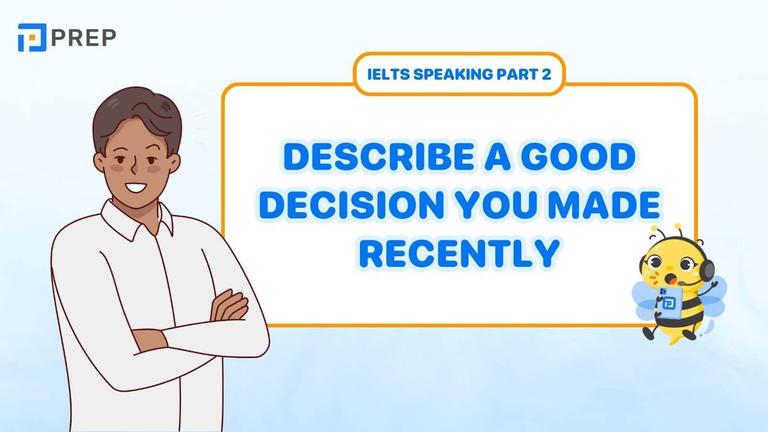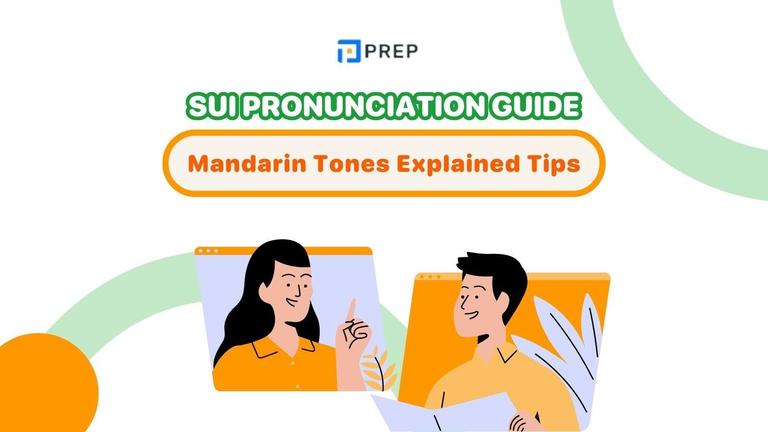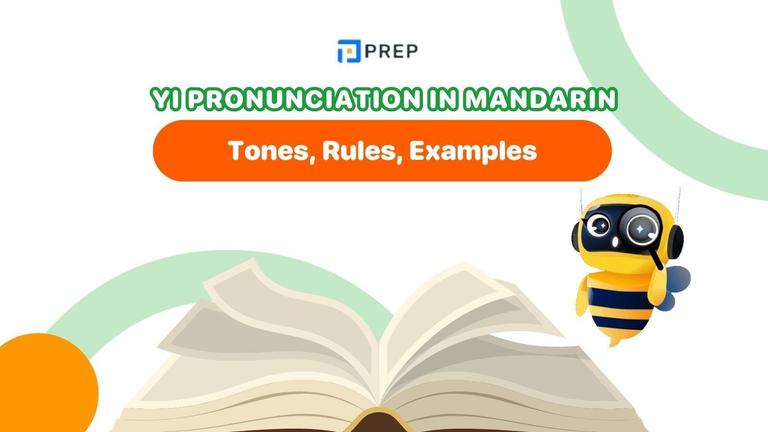Equal Comparison in English: Structure & Examples
Equal comparison is a core grammar structure every English learner should master. This guide explains its forms, how to use it correctly, and common errors to avoid. You’ll also find real-life examples and exam-focused practice for IELTS, TOEIC, and more.

I. What Is Equal Comparison in English?
Equal comparison is a grammatical structure used to show that two people, things, or actions are the same or similar in a particular quality or manner. It is commonly formed using the pattern as + adjective/adverb + as.
For example:
- She is as tall as her brother.
- He ran as quickly as the other competitors.

This structure allows speakers and writers to describe similarities in degree, speed, size, amount, or any measurable trait, without making one item appear greater or lesser than the other.
Equal comparison can be used in affirmative, negative, and interrogative sentences:
- Affirmative: This car is as expensive as that one.
- Negative: This apartment is not as spacious as it looks.
- Question: Is English as difficult as Chinese?
Understanding equal comparison also involves distinguishing it from comparative (e.g. taller than) and superlative forms (e.g. the tallest). Use equal comparisons when your goal is to emphasize balance or equality between two elements, rather than any difference in degree.
English exams such as IELTS and TOEIC frequently use this structure in reading passages, dialogues, and writing tasks, making it an essential focus area for learners.
II. Common Forms of Equal Comparison
Equal comparison structures are not limited to adjectives. In English, the “as...as” pattern can be used with adjectives, adverbs, nouns, and even quantifiers to compare different qualities, actions, or amounts. Knowing how to apply this structure across different word types is essential for both accuracy and fluency.
1. Adjectives – Comparing Characteristics
One of the most common and straightforward uses of equal comparison is with adjectives. This form allows you to show that two people, things, or ideas are equal in a specific quality or characteristic.
Basic Structure: as + adjective + as
Examples:
- This room is as bright as the one next to it.
- Her explanation was as clear as the teacher’s.
- The new model is as expensive as the old version.

You can use both short and long adjectives, as long as you follow the structure correctly.
|
Adjective |
Example |
|
tall |
He is as tall as his older brother. |
|
intelligent |
Lisa is as intelligent as her classmates. |
|
convenient |
This method is as convenient as that one. |
Modifiers that Add Nuance - To express degrees of equality, you can combine the structure with modifiers such as:
- just as: for emphasis
This task is just as important as the last one. - almost as: to show near-equality
He's almost as fast as a professional runner. - not quite as / nearly as: to soften the comparison
The hotel wasn’t quite as clean as I expected. - exactly as: to stress identical quality
The new device is exactly as powerful as its predecessor.
Negative Form & Questions:
- Negative: This book is not as exciting as the first one.
- Question: Is your course as difficult as mine?
Understanding how to use adjectives in equal comparisons allows you to describe similarities in subtle and natural ways—useful in writing essays, describing visuals in IELTS, or narrating experiences in TOEIC Speaking.
2. Adverbs – Comparing Actions
Equal comparison with adverbs allows you to describe two actions that happen in the same way, speed, frequency, or intensity. This usage is especially helpful when comparing behaviors, performances, or processes.
Structure: as + adverb + as
Adverbs used in this structure most commonly end in -ly, or come in irregular forms such as well, fast, hard, etc.
Examples:
- He typed as quickly as the secretary.
- They responded as politely as expected.
- She sings as beautifully as her sister.
- The team worked as hard as they could. (“hard” is an irregular adverb here)
Common Adverbs in Equal Comparisons:
|
Adverb |
Example sentence |
|
carefully |
You should drive as carefully as a professional driver. |
|
clearly |
He explained the topic as clearly as the professor did. |
|
well |
She speaks English as well as her tutor. |
|
fast |
The horse ran as fast as a race car. |
|
frequently |
He travels as frequently as his boss. |
Modifiers That Affect Meaning - You can also fine-tune the comparison using modifiers:
- nearly as / not quite as
She doesn’t move quite as quickly as she used to. - just as (emphasizing perfect equality)
The intern worked just as efficiently as the regular staff. - almost as
They arrived almost as early as we did.
Negative & Question Forms:
- Negative: He doesn’t answer emails as promptly as before.
- Question: Did she perform as confidently as last time?
3. Nouns and Quantifiers
Equal comparisons don't only apply to adjectives and adverbs—they can also be used with nouns and quantifiers to compare amounts or number of people or things. This is especially useful when you want to express equality in quantity, frequency, or resources.
|
Basic Structures |
as many + plural countable noun + as |
as much + uncountable noun + as |
|
Examples |
|
|
Modifiers for Nuance - Just like with adjectives and adverbs, you can modify these phrases:
- just as many/much...as (strong emphasis)
She has just as many responsibilities as her manager. - almost / nearly as many/much...as
We invited nearly as many guests as they did. - not as many/much...as
He didn’t put in as much effort as he promised.
Usage in Academic & Test Contexts - In standardized exams like IELTS, TOEIC, and even APTIS, this structure often appears:
- In IELTS Writing Task 1, to compare quantities in graphs or tables:
In 2020, Company A had nearly as many employees as Company B. - In TOEIC Listening, for conversations involving schedules, resources, or time:
We don’t have as much stock as we thought.
Using nouns and quantifiers with equal comparison forms expands your grammatical range, especially in formal and academic English. It's a powerful way to describe statistics, performance, time, and resources accurately and naturally.
III. Examples of Equal Comparison in Context
Learning grammar rules is essential, but knowing how to apply equal comparison in real-life contexts is what brings fluency. By analyzing these contextual examples, learners can better understand tone, structure, and usage appropriateness, making it easier to apply in exams and communication.
Example 1: Daily Conversation
- Anna: Your apartment is nice!
- Brian: Thanks! It’s not as big as yours, but it has great light.
- Anna: Actually, I think they’re just as spacious in different ways.
Explanation: Anna and Brian are using “as...as” with adjectives (big, spacious) to compare sizes conversationally yet politely—very common in everyday discussions about homes, places, or people.
Example 2: Workplace Email
Hi Marcus,
Your presentation was as clear as our team lead’s last week—great job. I’ll forward your slides to the rest of the department.
Best,
Rachel
Explanation: The phrase "as clear as" compares one presentation to another, emphasizing equal quality in a formal yet encouraging tone suitable for professional correspondence.
Example 3: Business Report Excerpt
The marketing campaign launched in Q3 generated as many leads as the previous quarter but at a lower cost per conversion. This suggests that the team’s new strategy was as effective as anticipated.
Explanation: Here, we see both “as many...as” (with a countable noun) and “as effective as” (with an adjective), used in objective, data-driven writing common in TOEIC Reading or advanced English usage in corporate reports.
IV. Equal Comparison in Exams
Equal comparison is a common and practical grammar structure that appears in various sections of English exams, especially IELTS and TOEIC. Whether you're writing, speaking, reading, or listening, being able to recognize and use “as...as” constructs correctly can strengthen both your accuracy and lexical flexibility.
IELTS: Equal Comparison in Speaking and Writing
In IELTS Speaking, equal comparison is especially useful when answering questions that involve describing people, objects, experiences, or locations.
Sample Speaking usage:
- My current job isn’t as stressful as my previous one.
- Public transport in my city is just as convenient as driving.
In IELTS Writing, particularly Task 1 (Academic), learners often need to compare datasets. Knowing how to use both comparative and equal forms precisely is essential for conveying accurate analysis.
Sample Writing usage:
- The number of visitors in July was as high as in August.
- Company A generated as much revenue as Company B in the first quarter.
Tips for IELTS:
- Use equal comparison when two figures or ideas are the same (rather than using “slightly lower”, “more than”, etc.).
- Avoid repeating the same comparative structures—“as...as” adds variety and improves your lexical range.
TOEIC: Equal Comparison in Listening and Reading
In the TOEIC Listening section, especially in Part 3 (Conversations), you may hear natural comparisons such as:
- She works as efficiently as Greg does.
- This new product performs just as well as our popular model.
In the Reading section, you may see equal comparisons in workplace-related documents, such as memos, emails, and charts:
- The two departments receive as many orders as one another.
- This year’s event was as successful as last year’s.
Tips for TOEIC:
- Listen for intonation stress—test writers often highlight key comparative phrases with stress.
- In Reading, watch for subtle differences in equality or degree (e.g. almost as, not quite as) that may affect the correct answer.
V. Practice Exercises: Equal Comparison
To fully master the structure of equal comparison, practice is essential. The following exercises are designed to help you identify, complete, and apply equal comparison patterns using adjectives, adverbs, nouns, and quantifiers.
Use your knowledge of grammar and context to complete each activity, and be sure to check the answers with explanations at the end.
Exercise 1: Fill in the blanks
Put “as..as..” in the correct position to complete the following sentences.
This suitcase/heavy/that one.
- She/not/have/much/money/her friend.
- We/not/have/many/options/they.
- He/not/have/much/experience/his boss.
- This restaurant/not/expensive/the other one
Exercise 2: Sentence correction
Correct the mistakes in each sentence.
- She is tall like her brother.
- He doesn’t sing as good as his sister.
- We took as less time as possible.
- The meeting was as boring than the last one.
- I ate as more as I could.
Exercise 3: Multiple choice
Choose the correct answer in each question.
- Which sentence is grammatically correct?
A. He is as faster as his brother.
B. He is faster than his brother.
C. He is as fast as his brother.
D. He is as faster than his brother. - “That movie wasn’t ________ interesting ________ I expected.”
A. more / than
B. as / as
C. so / so
D. than / than - When using “as much...as”, which of the following is correct?
A. Use with plural countable nouns
B. Use with uncountable nouns
C. Use with verbs
D. Use with adjectives only - Which phrase shows near equality?
A. just as
B. as not as
C. not just
D. almost as
Answer Key and Explanations
|
Exercise 1 |
Exercise 2 |
Exercise 3 |
|
|
|
VI. Start Your IELTS Journey
Hopefully, the insights on the equal comparison that PREP provided can help you better understand this grammatical item. If you’re ready to boost your IELTS band score, check out our expert-led courses below:
- IELTS learning online: Master Every Section of IELTS

Hi I'm Chloe, and I am currently serving as an Product Content Administrator at Prep Education. With over five years of experience in independent online IELTS study and exam preparation, I am confident in my ability to support learners in achieving their highest possible scores.
Comment
Premium content
View allPersonalized roadmap
Most read












